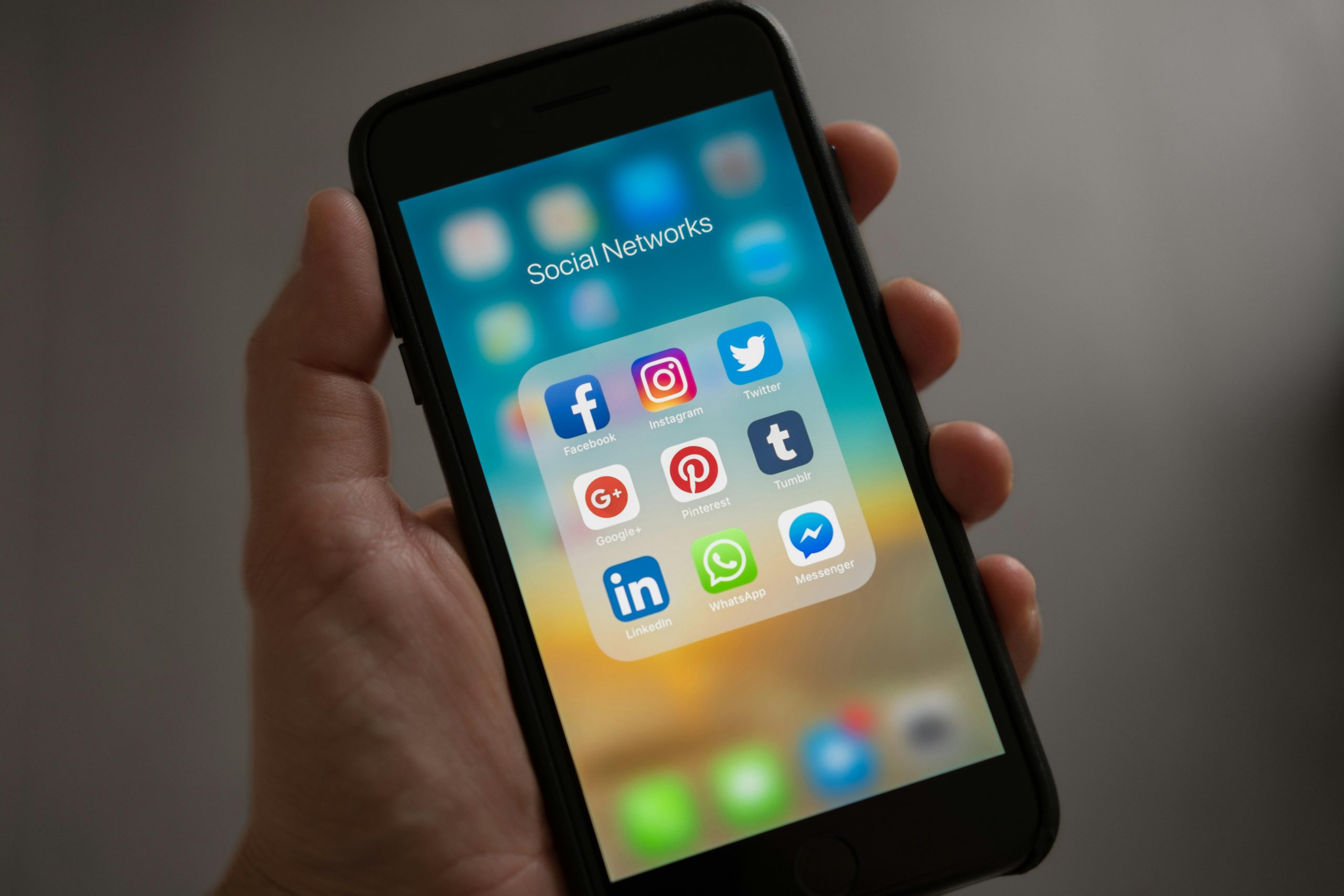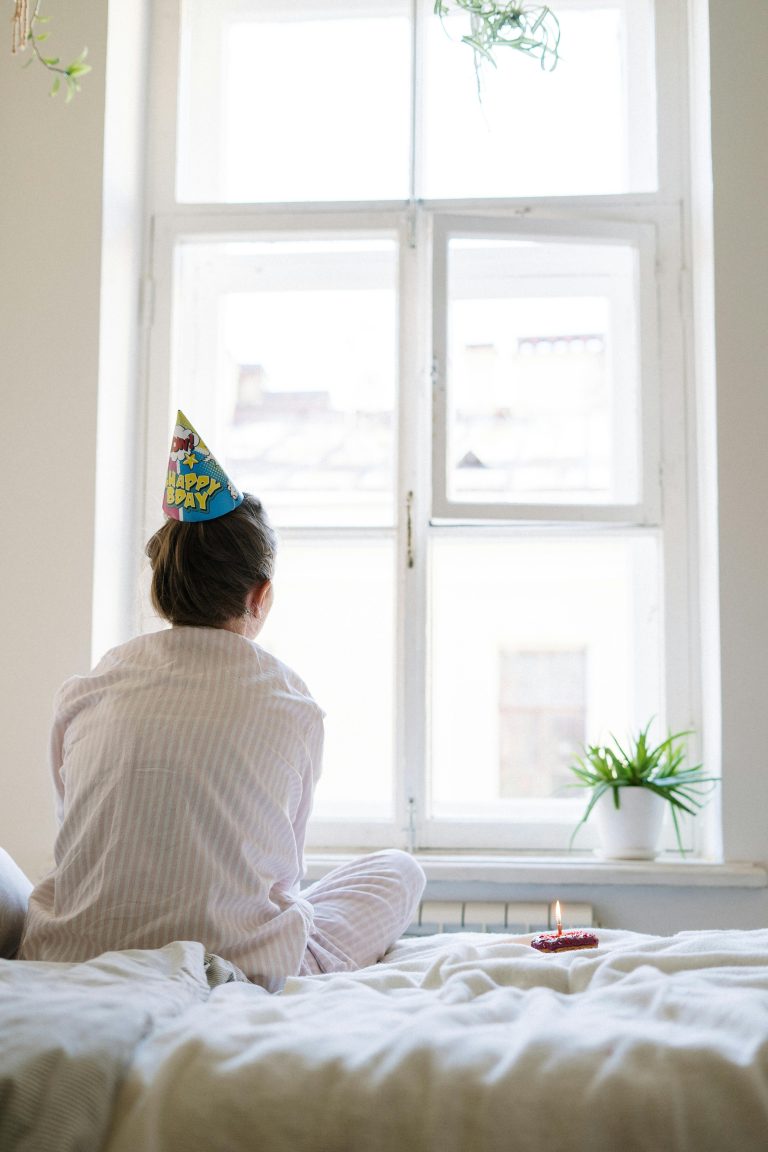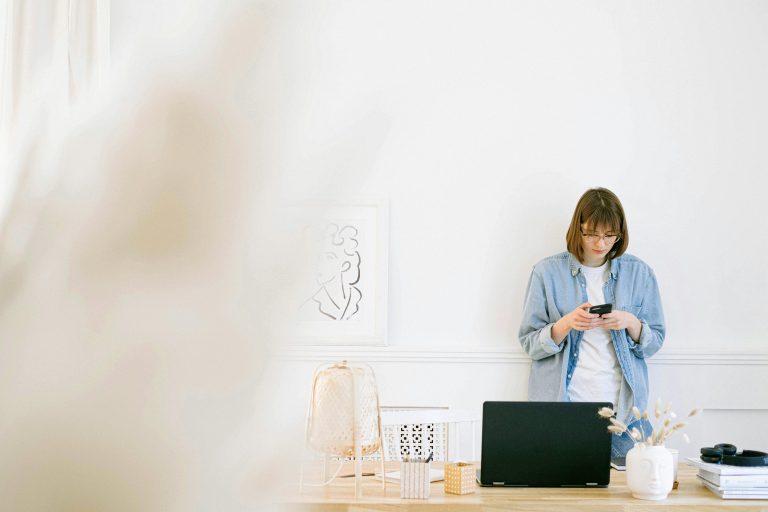Take Back Control of Your Social Media Without Deleting Your Accounts
Have you ever found yourself hovering over the “Delete Account” button on Instagram or Facebook, feeling utterly drained by the constant stream of perfect vacations, engagement announcements, and seemingly flawless lives?
I get it. I’ve been there too: finger poised, ready to escape the digital world that was making me feel increasingly isolated despite being more “connected” than ever.
But here’s the thing: deleting your accounts might not be the only solution. In fact, it might not even be the best one.
Don’t get me wrong. I fully support anyone who decides to step away from social media for their mental health. But there’s a crucial difference between making a proactive, empowered choice and simply reacting defensively to negative emotions.
Why We Feel Bad on Social Media
Let’s understand what’s happening when scrolling makes you feel terrible:
- The comparison trap: research found that limiting social media use to 30 minutes per day led to significant reductions in loneliness and depression, largely because we spend less time comparing our lives to everyone else’s highlight reel;
- The algorithm problem: platforms are designed to keep you engaged, often by triggering strong emotions (both positive and negative). According to a Pew Research Study, 74% of Facebook users visit the site daily, with many checking multiple times per day. The algorithms know exactly what keeps you scrolling, even when it makes you feel bad;
- Passive consumption: scrolling without interacting is associated with worse psychological outcomes. A study from University of Michigan showed that passive Facebook use led to declines in well-being over time.
Why “Just Delete It” Isn’t Always the Answer
When we delete our accounts because of how other people’s content makes us feel, we’re essentially giving them control over our digital lives. We’re saying, “I can’t handle seeing your content, so I have to remove myself entirely.”
But here’s what we’re also potentially giving up:
- genuine connections with friends and family who may live far away;
- access to supportive communities based around interests or life circumstances;
- opportunities for learning and exposure to new ideas;
- a platform for our own self-expression;
- valuable networking for professional purposes.
Training Your Social Media: A Better Way Forward
Instead of the nuclear option, I’ve found a middle path that works surprisingly well. I’ve kept my accounts but invested time in “training” them to serve me, not drain me.
Here’s how you can do the same.
1. The Great Unfollow: Take Inventory of Your Digital Relationships
Start by asking yourself these questions about every person or page you follow:
- Does seeing their content generally make me feel good, informed, or inspired?
- Do I actually care about this person’s updates, or am I following out of obligation?
- Is this content relevant to my current life and interests?
Be brutally honest with yourself.
Then, create these categories:
- Keep: content that consistently adds value to your life;
- Unfollow but stay friends: people whose updates affect you negatively, but whom you want to maintain a connection with;
- Mute temporarily: people going through life phases that trigger you (weddings, babies, etc.) whom you might want to see again later;
- Remove completely: accounts that consistently make you feel worse.
Unfollowing someone isn’t personal, it’s self-care. The beauty of social media is that people don’t know when you’ve unfollowed or muted them, so there’s no social consequence to curating your feed.
2. Training The Algorithm to Work For You
Social media platforms learn from your behavior. Every Like, Comment, Share, and extended view trains the algorithm. Here’s how to make it work for you:
- Actively engage with content that makes you feel good. The algorithm will show you more of it;
- Quickly scroll past negative content without engaging. Don’t even leave angry reactions (any engagement signals interest);
- Use the “Not interested” or “See fewer posts like this” options whenever available;
- Follow accounts that align with your values and interests: art, humor, education, whatever brings you joy.
I spent about two weeks consciously training my feeds, and the difference was remarkable. My social media went from a parade of influencers making me feel inadequate to a curated collection of art, nature photography, and friends whose updates genuinely make me smile.
3. Setting Boundaries (With Both People and Platforms)
Our digital boundaries need to be as clear as our in-person ones:
- Use time limit settings on your phone to prevent mindless scrolling;
- Turn off notifications for social media apps;
- Establish no-phone zones or times in your life (during meals, before bed, first thing in the morning);
- Consider a digital detox weekend once a month. The first time I did this, I didn’t know what to do with myself, that’s how hooked I was to my devices. I went for a walk. I promise, if you can be without your devices for a few hours and let your mind wander, you’ll start to get new ideas and feel less tied to the online world.
At home, I recommend creating tech-free zones to maintain better mental health and relationships. You don’t need to be available and responsive 24/7.
4. Changing Your Consumption Habits
How we use social media matters as much as what we see there:
- Be an active, not passive, user. Create and share content that represents your authentic self;
- Interact meaningfully with posts that resonate with you. A thoughtful comment creates more connection than a quick like;
- Use social media with intention. Ask yourself: “Why am I opening this app right now? What am I hoping to get from it?”;
- Follow diverse voices that expose you to different perspectives and experiences.
Diverse content consumption can help break us out of filter bubbles that reinforce negative thinking patterns.
When It’s Still Not Working: The Temporary Retreat
Sometimes, despite our best efforts, we need a break. That’s perfectly okay. Consider:
- A temporary deactivation rather than permanent deletion;
- Removing apps from your phone but keeping accounts accessible on desktop;
- Asking a friend to change your password for a set period (a week, a month) so you can’t impulsively log back in.
The key difference? This is you making a conscious choice to step away on your terms, not fleeing because others have made you feel bad.
My Personal Experience
When I first considered deleting my accounts, I realized I was reacting to feeling inferior after seeing an ex-colleague’s promotion announcement and a former classmate’s perfect wedding photos, all in the same day.
Instead of deleting everything, I took a weekend to methodically clean up my social media. I unfollowed about 150 people whose updates consistently triggered negative emotions. I followed 20 new accounts focused on my interests: hiking, fiction writing, and dog training. I set 30-minute daily limits on all platforms.
The first week was an adjustment. But by week two, something shifted. I found myself genuinely enjoying my timeline again. I was seeing content that inspired rather than deflated me.
Three months later, I still have my accounts. I still scroll in peace when I want to. Occasional junk still pops up, but I just report it and move on. The difference is that social media has returned to what it should be: a tool that serves me, not a source of distress that controls me.
Taking Back Your Power!
Remember this: every time you allow someone else’s carefully curated presentation of their life to make you feel less-than, you’re giving away your power.
Every time you react by wanting to delete your accounts, you’re letting external forces dictate your choices.
Taking back control means deciding:
- what you see;
- when you see it;
- how you interpret it;
- how you respond to it.
It means understanding that what others post is their highlight reel, not their reality. It means recognizing that you have the right to curate your digital space as carefully as you would your physical one.
Would you keep inviting someone into your home if they made you feel terrible every time they visited? Probably not. So why let them into your digital space?
The Bottom Line
If quitting social media entirely feels right for you, do it. But do it because you’ve thoughtfully decided it doesn’t add value to your life, not because you’re retreating from negative feelings triggered by others’ posts.
For many of us, a middle path exists. We can maintain the connections and benefits of social media while protecting our mental health. We can train our feeds to serve us rather than drain us. We can set boundaries that keep us engaged on our terms.
I’ve found peace with my social media by taking control of it, rather than letting it control me. You might find the same.
You have more power than you think. Use it.
Have you ever considered deleting your accounts? Have you tried curating your feed instead? I’d love to hear about your experiences: addie {at} anonymousfriend.co 📩




